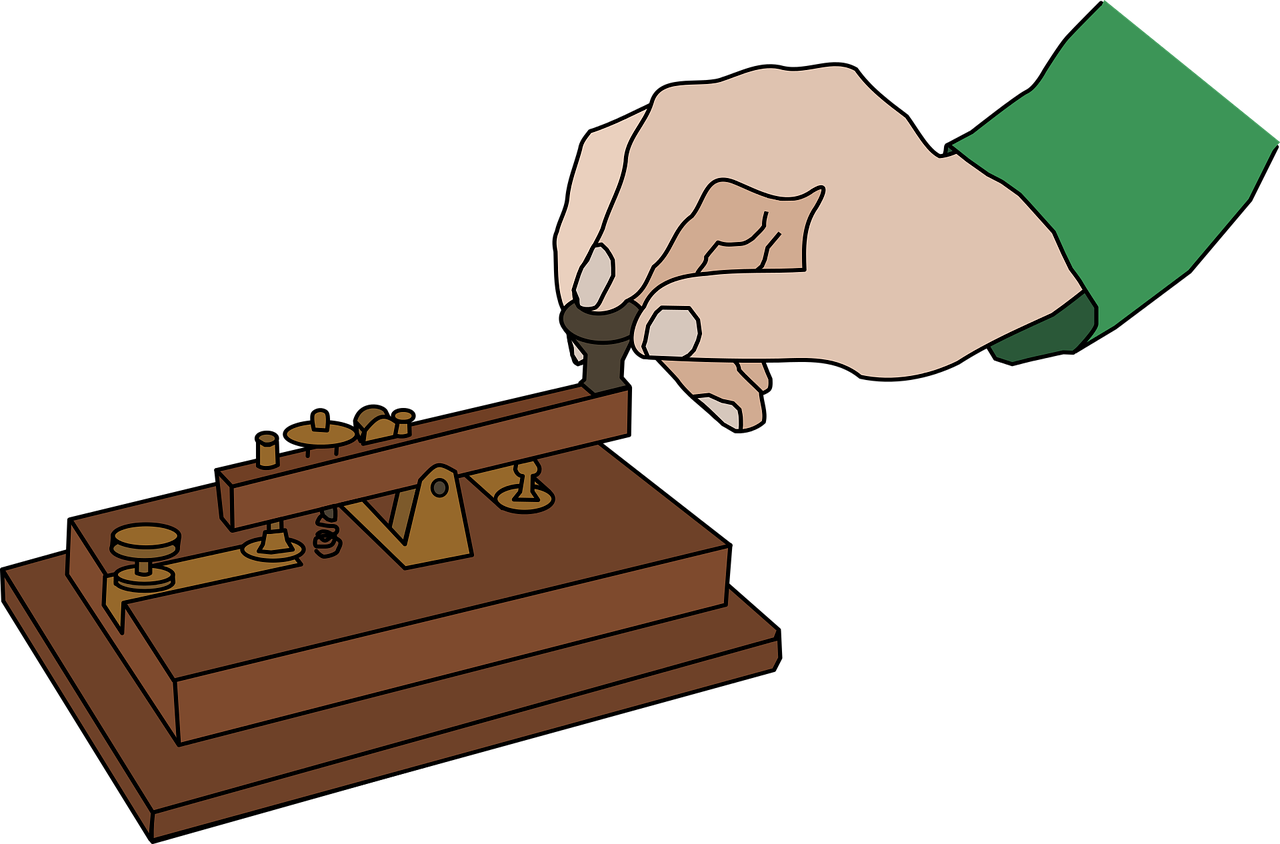It was five years ago, Dec. 5, 2016, that I scootered into the office of Dr. Heidi Crayton, my neurologist, and plopped into a soft, brown leather recliner. Day 1 of Round 1 of my Lemtrada (alemtuzumab) infusions was about to begin.
I’d prepped for this day: two days of Acyclovir tablets to reduce the chance of contracting the herpes virus, and the allergy drugs Zantac and Zyrtec to limit hives and rashes. I also had ibuprofen, Benadryl, and hydrocortisone cream on hand to treat any pain, rash, hives, or fever, if any of those occurred.
But you can’t really be prepared for the Lemtrada journey. I was going to subject myself to about eight hours of intravenous (IV) treatments for each of the next five days. This, using a medication that carried risks as well as potential benefits. The benefits would be slowing, or even stopping, the progression of my multiple sclerosis, which I’ve lived with since 1980, and some of my symptoms might improve. For me, the benefits outweighed the risks.
My Lemtrada journey begins
Into a vein in my left arm, right above my wristwatch, went a 24-gauge needle, 5/8 of an inch long. Then, more prep: a 1,000-mg IV bag of the steroid Solu Medrol (methylprednisolone sodium succinate) to calm my hyperactive MS immune system and serve as another barrier against hives, rashes, and the like. Next, an injection of Benadryl into the IV line. Finally, Lemtrada — 12 mg over the next four hours. Finally, there was a two-hour watch-and-see period.
After four more days of infusions, I was done — for a year. The Lemtrada protocol calls for three more days of treatments 12 months after the first round.
What was it like?
Both rounds of infusions went smoothly. I had a minor temperature rise for two days during Round 1. During Round 2, my blood pressure dropped after I had left the infusion room to use the bathroom, but it quickly returned to normal after I was helped back to my recliner and lay relatively flat for a few minutes. Neither incident caused the health staff to stop the treatments.
I’d been told to expect a roller coaster ride of symptoms — headache, body aches, fever, and fatigue — off and on for several weeks after the infusions, and they were right. Some days I felt like I’d crashed and burned, and on others I felt fine. Two months after Round 1, I had trouble getting out of bed in the morning — or I felt good when I woke up, but took a nosedive in mid-afternoon and had to head back to bed for a nap. Many nights involved getting up for multiple “pee trips,” and there were two episodes of fever and chills. I had similar severe fatigue problems at about six months, post-Round 2.
It’s a marathon, not a sprint
Now, half a decade since Day 1, Round 1, I think I’m generally in better shape. My walking is not as good as it was a year ago, but I think that’s due, in large part, to the fact that the COVID-19 pandemic has kept me from exercising. On the other hand, my bladder function is definitely better, but is that due to the Lemtrada or to a new bladder medication I’m using? My bowels are more regular than they’ve been in years for about the past six months. My fatigue is no worse than it was five years ago, even though I’ve stopped taking anti-fatigue medication. Foot and calf cramping still occur in bed, but it’s less than it was.
At the start of my Lemtrada treatment, my neurologist told me it would be a marathon, not a sprint. She was right, and if I’d viewed it as a short race to the finish line I would have given up long ago. I’m glad I didn’t.
The end
Lemtrada is over for me. Though some patients continue to a third round, I don’t see that in my future. I don’t believe, as some neurologists do, in an age cap for disease-modifying treatments, but I think I’ve reached my benefits cap. At age 73 I think enough is enough. I’ll take my winnings and call it a day. My Lemtrada journey is done.



